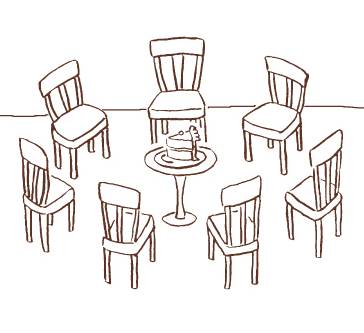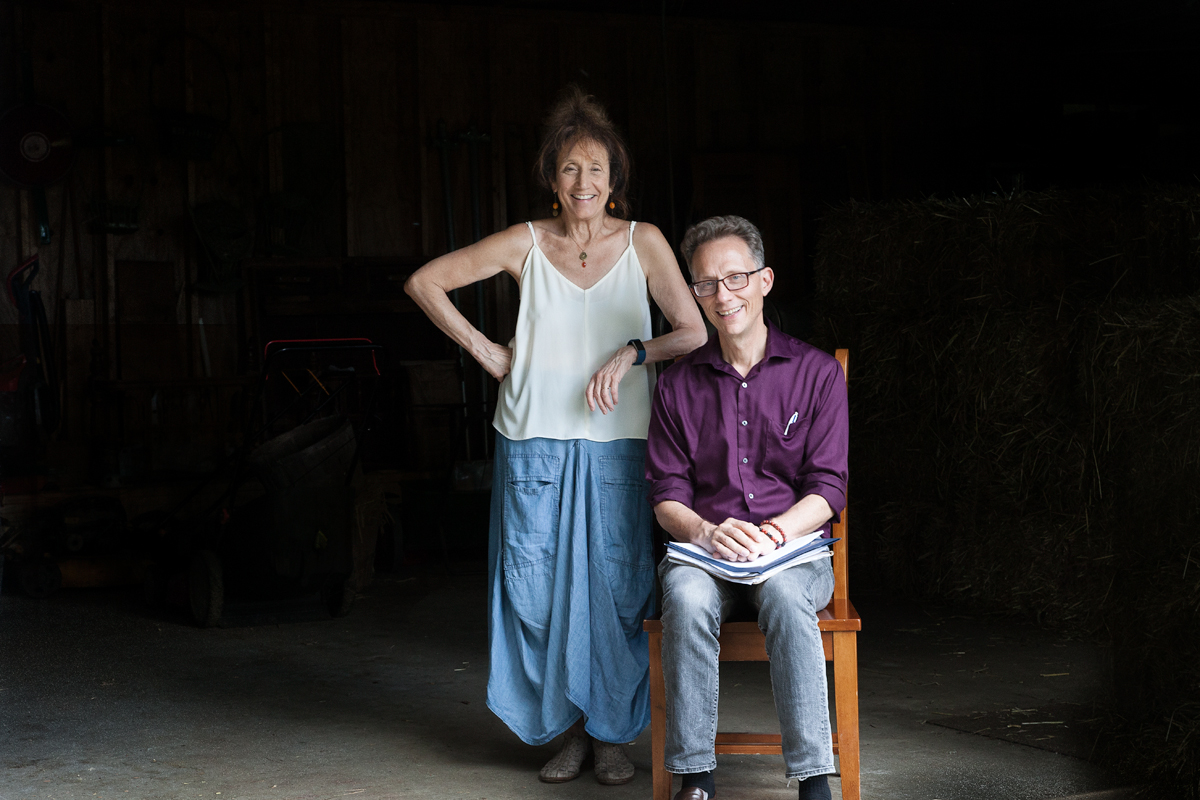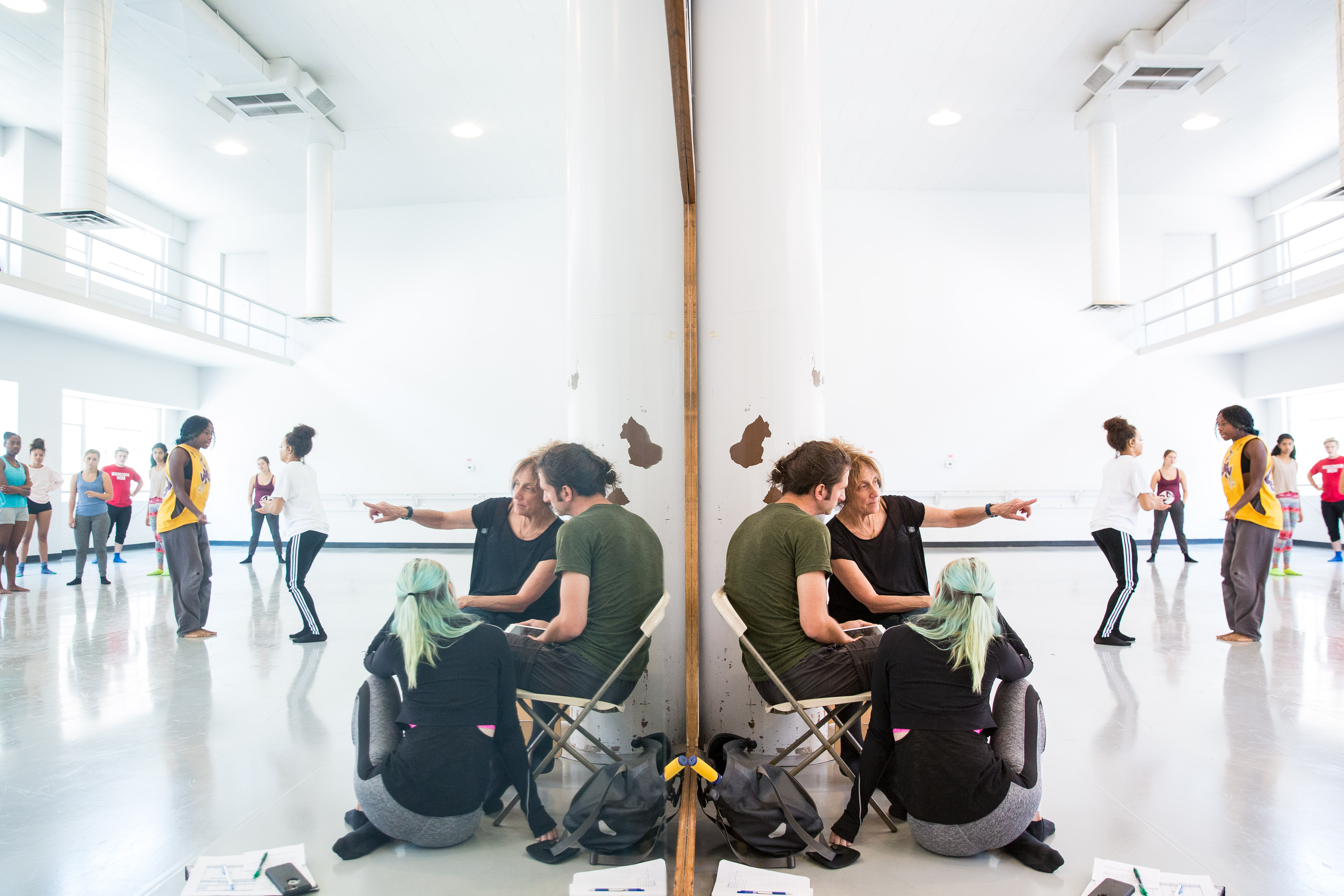Critical Response Process

Critical Response Process instills ways of thinking, communicating and being that enhance all kinds of human interactions, from coaching to community dialogue, from artistic collaboration to family conversations.
In use for over 25 years, Critical Response Process has been embraced by art makers, educators, scientists, and theater companies, dance departments, orchestras, laboratories, conservatories, museums, universities, corporations, and kindergartens.
Role 1: Artist/Maker
Role 2: Responder
Role 3: Facilitator


Step 1. Statements of Meaning


Step 2. Artist as Questioner


Step 3. Neutral Questions
This step is one of the most fundamental, challenging, and misunderstood steps of Critical Response Process.


Step 4. Opinion Time
“I found the clarity and deceptive simplicity of the process incredibly helpful… I have been able to start using it already, and can see it having a real impact on my personal as well as professional life, and on the way I work through concerns about my own work. Thank you so much for conceiving (Critical Response Process), and for communicating it to us with such care.”
-Matthew Poxon, The National Theatre, London
Purchase our Books

Critical Response Process: a method for getting useful feedback on anything you make, from dance to dessert
Critical Response Process deepens dialogue between makers and audiences and enhances learning between teachers and students.
In their first book about CRP, authors Liz Lerman and John Borstel give a detailed introduction to the Process. Beginning with its three roles and describing its four core steps, the book offers guidance for facilitators, practical examples, and useful variations.

Critique Is Creative: The Critical Response Process in Theory and Action
In this first in-depth study of CRP, Lerman and her long-term collaborator John Borstel describe in detail the four-step process, its origins and principles. The book also includes essays on CRP from a wide range of contributors.
With insight, ingenuity, and the occasional provocation, these practitioners shed light on the applications and variations of CRP in the contexts of art, education, and community life.
Book a workshop
With a focus on actual works in progress – a dance, a script, a lecture, visual art work, even a cake – your training will highlight participation, conversation, and the flexibilty of the Process. You will leave with a firm grasp of procedures and tools to apply in your professional and daily life.
Training programs are customized to suit the needs of our hosts and may last from two hours to four days. The Critical Response Process team has trained arts faculty, orchestra members, museum docents, acting companies, social science researchers, and nonprofit boards, as well as students and makers in almost every artistic discipline.
From Perth, Australia to Fayetteville, Arkansas, we have led trainings at a multitude of diverse institutions such as Guildhall School of Music & Drama, Puppet Animation, Yale School of Drama, ICON (Innovative Conservatoire Network), the NYC Department of Education arts-faculty and many, many more.
“In supporting the creation of new work, we have found Liz Lerman’s Critical Response Process to be the best tool we’ve ever encountered in assisting individual artists at the most vulnerable stages of creation. The Process empowers artists and invests responders with real responsibility as audience members.”
–James C. Nicola, Artistic Director, New York Theatre Workshop
Critical Response Process Certification
In 2019 we launched the annual Critical Response Process Certification program, with cohorts planned through 2023. Graduating practitioners are deeply invested in the practice and possibilities of CRP, and you can work with them directly as facilitators for your needs.
Learn more & stay engaged
Sign up for email updates and prompts related to Critical Response Process.
We will never ever ever sell or share your name.

